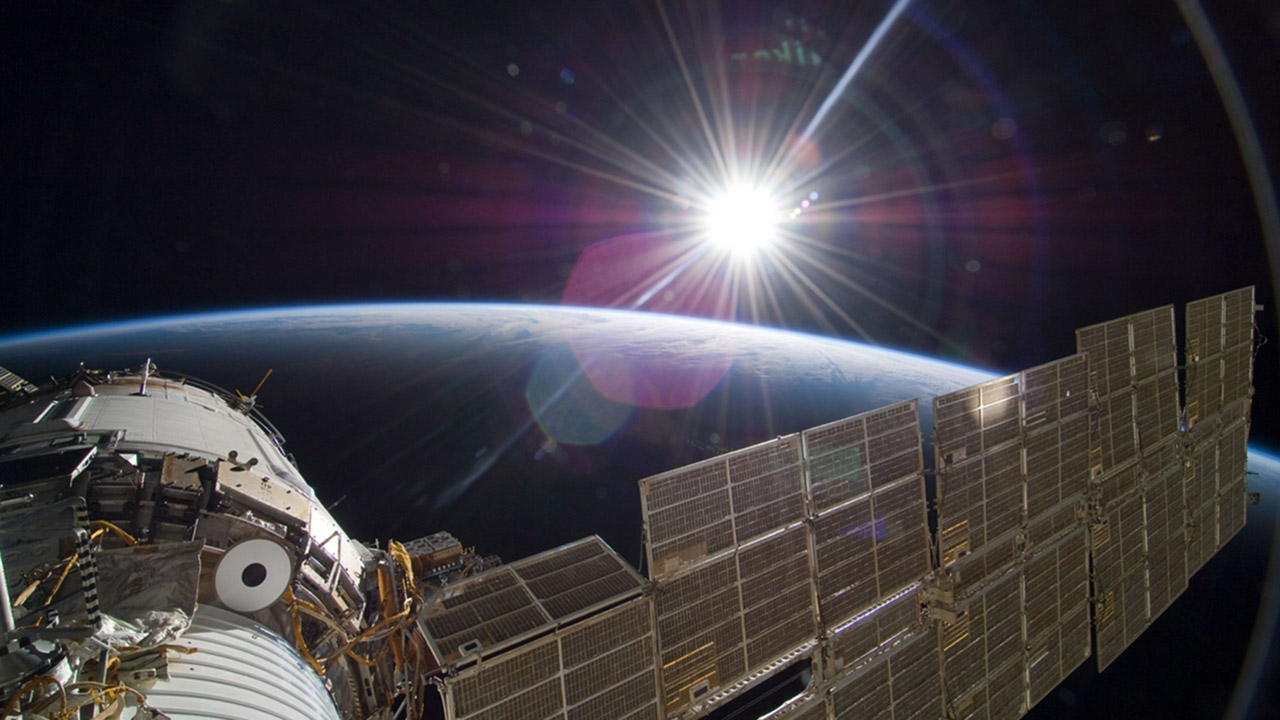NASA astronaut Jessica Meir and I have known each other for more than 20 years, first meeting at Brown University working in Herman Vandenburgh’s lab. She and I were both very interested in human spaceflight, and we both had aspirations of becoming astronauts.
In fact, Jessica was on the first of 10 teams I had put together over the years to conduct research as part of NASA’s undergraduate reduced gravity program on the “Vomit Comet.” On that initial reduced-gravity flight back in 1999, Jessica got her first taste of conducting science in microgravity for an investigation I led to examine whether traditional suturing or use of medical glue would be the best option for astronauts to close wounds during spaceflight.
More than 20 years later, it’s cosmic coincidence that Jessica is currently onboard the International Space Station (ISS) conducting another one of our research investigations in space!
As a cardiothoracic surgeon, I am concerned with the cardiovascular health of my patients. Interestingly, spaceflight can cause changes in the cardiovascular health of astronauts—and these changes may help us understand disease processes in people on Earth. To this end, I’ve had the privilege of being an investigator on several spaceflight experiments focused on muscular and cardiovascular health, but I have not had the privilege of flying in space…yet!
One of the things I learned early on is that doing research in space takes a lot of planning and thinking differently about your research because the experiments aren’t being conducted in your own laboratory; they are being done 250 miles above the surface of the Earth by astronauts like Jessica who are the surrogate lab-bench scientists.
The essentials of forming a hypothesis, designing the investigation, and doing the data analysis don’t change. However, differences in spaceflight include limitations on resources such as the availability of media and extra hardware as well as limitations on our ability to make adjustments to an experiment on the fly. Additionally, the spaceflight hardware itself looks different. You can’t just use cell culture flasks that you buy from a lab supply catalog; spaceflight hardware is custom-designed and specifically built for use in a microgravity environment.

NASA Astronaut Kate Rubins examines heart cells onboard the ISS as part of the Effects of Microgravity on Stem Cell-Derived Heart Cells investigation
Media Credit: Image courtesy of NASA
After sending heart cells to the ISS U.S. National Laboratory a few years ago, I knew that a next step would have to go beyond a 2D cell culture. While a 2D cell culture allows us to study cardiac cell function and isolate genes that might be a target for therapeutics, the next logical step would be a 3D tissue culture model that behaves more like the heart in vivo—which is what our current ISS National Lab investigation is focused on.
We know that microgravity exposure can cause changes in cardiovascular function. Our investigation looks at 3D-engineered heart tissue made from heart cells called cardiomyocytes. These cardiomyocytes were derived from human induced pluripotent stem cells (hiPSCs), which are essentially adult stem cells.
We believe that cardiac muscle tissue cultured in microgravity for about 30 days will show significant differences in function, structure, and gene expression compared with control tissues kept on the ground. This model could provide an effective tool for studying 3D cardiac tissue and understanding how microgravity affects the heart. It could eventually be used to study heart disease progression and to screen new potential therapies to treat cardiac dysfunction on Earth as well as in space.
This investigation is funded by the National Center for Advancing Translational Sciences (NCATS) at the National Institutes of Health (NIH) as part of the Tissue Chips in Space initiative and is one of nine Tissue Chips in Space projects currently in the ISS National Lab research portfolio. This study is a collaborative effort of multiple investigators at Johns Hopkins University, the University of Washington, and The Ohio State University, where Dr. Deok-Ho Kim serves as the principal investigator.
It is extremely rewarding to watch your investigation launch on a rocket destined for the ISS National Lab—especially when your friend is onboard, ready to perform your experiment! As a scientist, having access to unique environments such as microgravity is an invaluable tool to perform cutting-edge, collaborative research. I eagerly anticipate the next steps in “getting to the heart” of this exciting research in space to benefit life on Earth.







